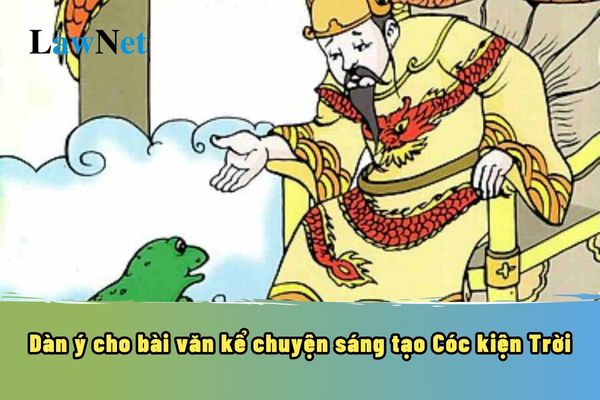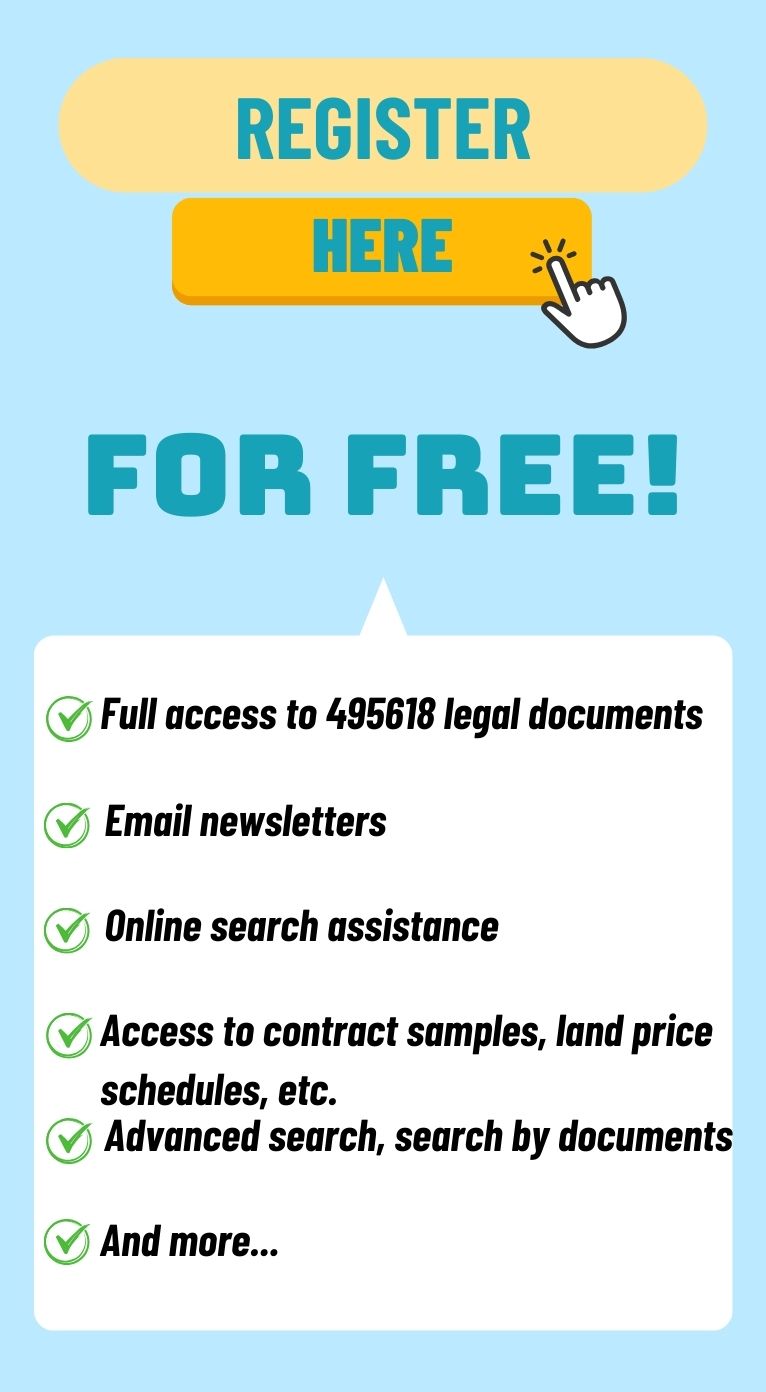What is the sample outline for a creative essay on the fairy tale "Cóc kiện Trời"? Are 3rd-grade students in Vietnam required to be able to read expressively?
What is the sample outline for a creative essay on the fairy tale "Cóc kiện Trời"?
3rd-grade students and their parents can refer to the following sample outline for a creative essay on the fairy tale "Cóc kiện Trời" to guide them in retelling the story in the best way:
|
Sample outline for a creative essay on the fairy tale "Cóc kiện Trời" Introduction: |
*Note: Information is for reference only./.

What is the sample outline for a creative essay on the fairy tale "Cóc kiện Trời"? Are 3rd-grade students in Vietnam required to be able to read expressively? (Image from the Internet)
Are 3rd-grade students in Vietnam required to be able to read expressively?
Under Section V Appendix of the General education program in Literature as promulgated with Circular 32/2018/TT-BGDDT, the required outcomes for students when studying the 3rd-grade Vietnamese language curriculum are as follows:
READING
READING TECHNIQUES
- Read correctly and initially know how to read expressively descriptive passages, stories, poems; reading speed about 70 - 80 words per minute. Know how to pause at punctuation marks or poetry rhythm breaks.
- Read with intonation appropriate for roles assigned in a dialogue segment with two or three characters.
- Silent reading faster than in the second grade.
- Mark the section currently being read.
- Take brief notes of important content on a reading card or notebook.
READING COMPREHENSION
Literary texts
Comprehend content
Thus, reading expressively is a technique required for students when studying the 3rd-grade Vietnamese language curriculum.
What are the perspectives on developing the 3rd-grade Vietnamese language curriculum in Vietnam?
Under Section 2 of the General Education Program on Literature as promulgated by Circular 32/2018/TT-BGDDT, the perspectives on developing the 3rd-grade Vietnamese language curriculum in Vietnam are:
- The Literature curriculum is developed on theoretical and practical foundations, updates on research achievements in education, psychology, and teaching methodology of Vietnamese literature; achievements in literature and linguistics research; achievements in Vietnamese literature across various periods; experiences in developing Vietnamese literature curricula, particularly from the early 21st century until now, and international trends in curriculum development in general, and the Literature curriculum in particular over recent years, especially from developed countries; societal practice, education, economic conditions, and Vietnamese cultural tradition, especially the diversity of students in terms of regions, conditions, and learning abilities.
- The Literature curriculum focuses on training communication skills (reading, writing, speaking, and listening) as a central theme throughout all three education levels to meet the program's capacity-oriented direction and ensure coherence and continuity across all grades and levels. Fundamental, foundational knowledge about the Vietnamese language and literature is formed through activities in comprehending and creating texts; directly serving the requirement of training in reading, writing, speaking, and listening skills.
- The Literature curriculum is developed with an open approach, reflected in not specifying detailed teaching content but stipulating the outcomes needed in reading, writing, speaking, and listening for each grade; delineating some basic, core knowledge about the Vietnamese language, literature, and some texts with a significant, crucial position in national literature as mandatory content for students nationwide.
- The Literature curriculum meets both the innovation requirements and emphasizes inheriting and enhancing the strengths of existing Vietnamese literature curricula, especially the current one.

